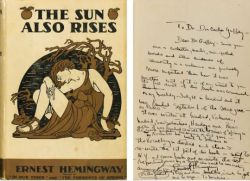 In 1977-78 Sotheby Parke Bernet Inc., held 3 auction events with the titles Important Modern First Editions and Fine Modern First Editions. They included the rare book collection of Jonathan Goodwin, one of the greatest collectors of the 20th century. The 865 lot sale was broken in Part One Sale, (March 29, 1977), Part Two Sale, (October 25, 1977) and Part Three Sale, (April 7, 1978). His Old Lyme, Connecticut collection included unique inscriptions, presentations, and association copies of the heavy hitters of American literature and achieved the first million-dollar sale in Modern First Edition events.
In 1977-78 Sotheby Parke Bernet Inc., held 3 auction events with the titles Important Modern First Editions and Fine Modern First Editions. They included the rare book collection of Jonathan Goodwin, one of the greatest collectors of the 20th century. The 865 lot sale was broken in Part One Sale, (March 29, 1977), Part Two Sale, (October 25, 1977) and Part Three Sale, (April 7, 1978). His Old Lyme, Connecticut collection included unique inscriptions, presentations, and association copies of the heavy hitters of American literature and achieved the first million-dollar sale in Modern First Edition events.
A chance to make a scientific analysis of the market came in 2004, during the sale of the collection of West Coast book dealer and collector Maurice Neville. The Maurice F. Neville Collection of Modern Literature, took place at Sotheby’s in New York with Part One Sale, (13 April 2004, 263 lots), Part Two, (16 November 2004, 299 lots) and Part Three, (24 April 2017, 102 lots). Neville’s collection is certainly the greatest group of Modern Firsts to be sold at auction since Goodwin, and not surprising many of the same titles appear in each. The similarity of the material in these Sotheby’s events, make the comparison a particularly apt one. Both high profile sets, ensured that several predominately active bidders competed in earnest for the same books, (something that does not always happen at auction). Both were staged during periods in which the economy was strong and the mood of the market optimistic.
The following table contains some of the original Goodwin auctioned items that were re-sold during similar events sometime later. Of the 40 titles listed below, 16 were in the Neville sale in 2004. These are the identical copies with the exact same inscriptions. And, unless in some way mishandled, present in the same condition as they appeared 27 years earlier during the Goodwin auctions. The aggregate estimate/actual price for these 16 items at the Goodwin sale was $26,425, (the equivalent of $81,537 inflation adjusted for the periods compared), while at the Neville sale, the hammer price including the buyer’s premium soared to $1,235,350. The rest of titles auctioned at different events held in different years, are showing similar gains. Such multiples may seem abnormal, but they are actually quite ordinary when compared to art, antiques and real estate. Across the sample these average out, even though many of the items fall above a tenfold increase, especially in the case of the more attractive rarities. The focus on high spots is undeniable, with big money being paid for the most desirable books.
In the world of averages and the Rare Book Sales Monitor (RBSM), the Modern First Editions category had quite a strong 1st Quarter in 2018. It was fueled by some impressive price increases in signed editions by some of the up-and-coming or recently discovered authors such as Michael Shaara, John Williams, Evelyn Waugh and G. K. Chesterton, to name a few. Such deceased authors’ works are often the kind of material that collectors see a value in through some new development. Take for example John Williams’ 1965 novel Stoner. Although the book was not a popular novel when it was first published, selling fewer than 2,000 copies, it was not before French novelist Anna Gavalda, translated Stoner into French, in 2011 that it became Waterstones’ Book of the Year in Britain in 2012, and saw sales to distributors triple. Just at the end of last year it was announced that Joe Wright was set to direct Andrew Bovell’s adapted screenplay, staring Oscar winner Casey Affleck, in the title role of William Stoner.
When collector Jonathan Goodwin picked up the copy of Hemingway’s, presentation copy to Sylvia Beach, entitled, In our time, do you think he had any idea that another collector would be willing to spend $320,600 to own it? Probably not. He did, however, have the vision to identify value when an opportunity presented itself. In 1968, which was after Hemingway’s death, Goodwin bid the winning bids for the uniquely inscribed books presented to Sylvia Beach, the owner of Shakespeare and Company, chief book distributor of the time. An investor by profession and a book collector by hobby, Mr. Goodwin was 63 years old when he decided to sell his collection at the auctions because of illness, and the need to establish a retirement fund. “I am doing better in the book market than the stock market,” he once said. If his health did not deteriorate and had he been able to hold on to his collection for a few more decades, his retirement fund would have been at least ten times bigger.
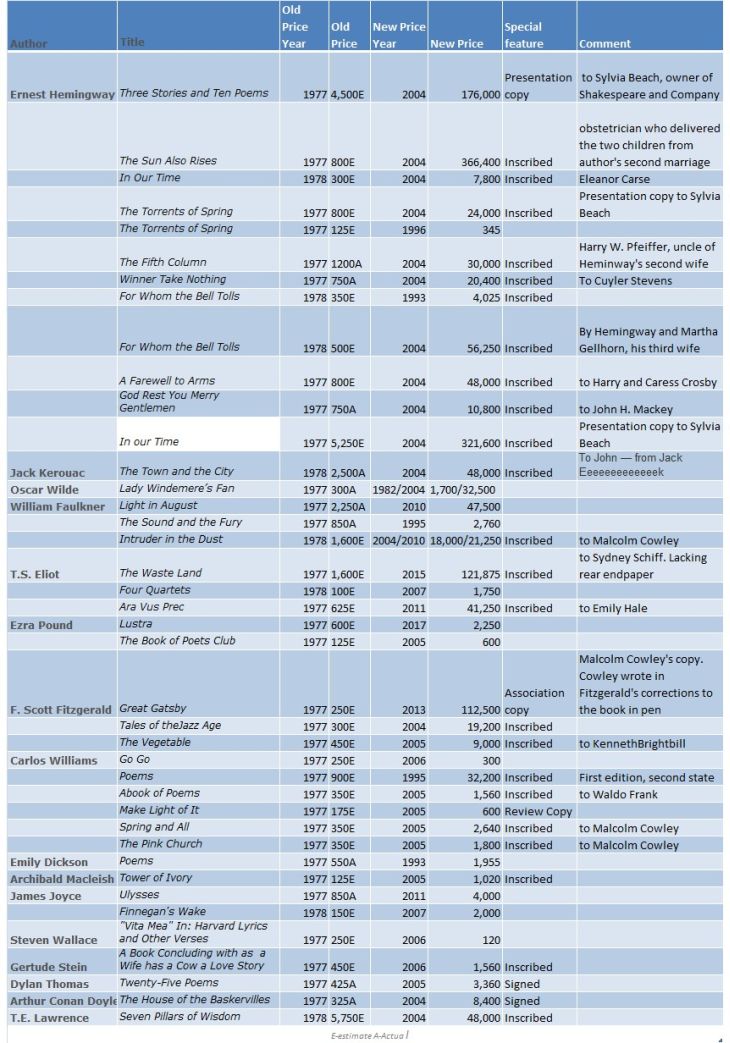
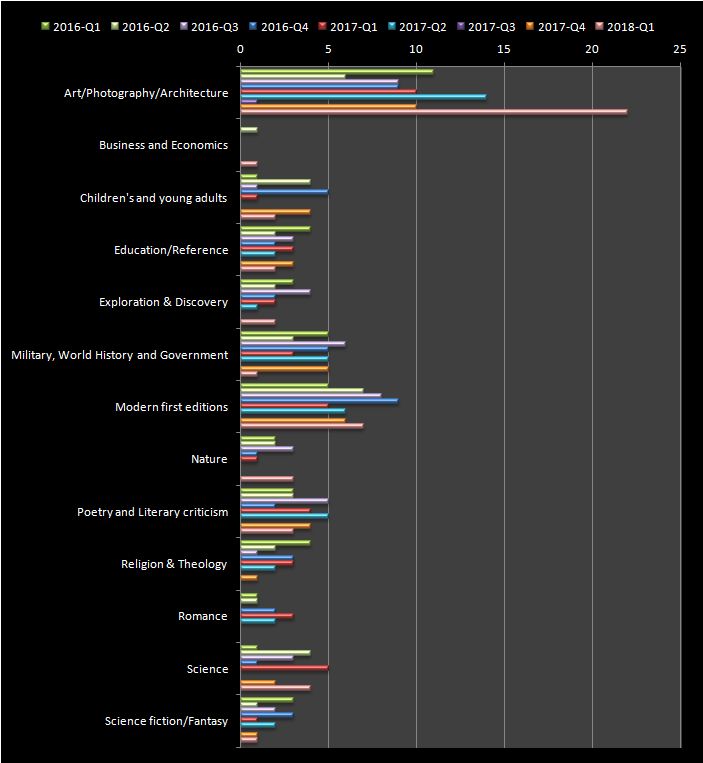
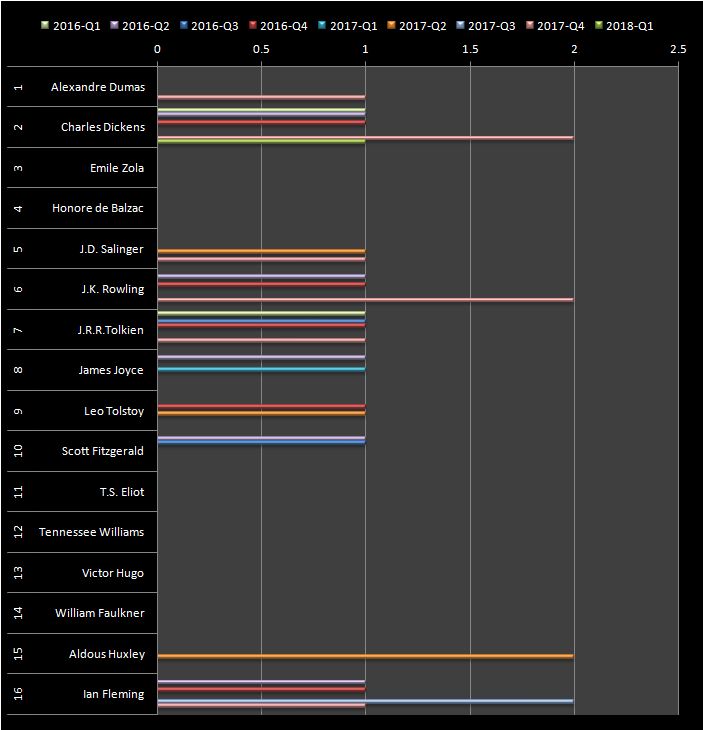
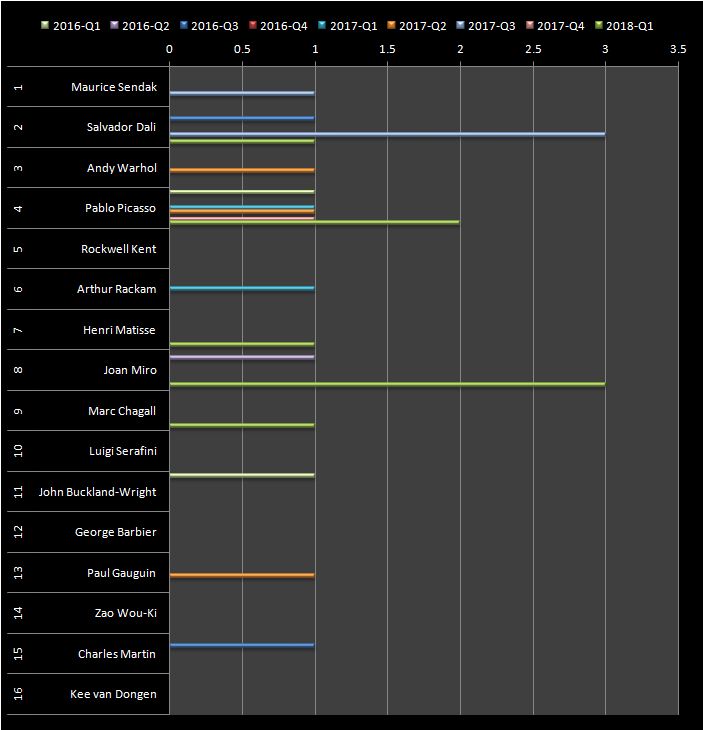
{ 0 comments… add one now }
{ 1 trackback }